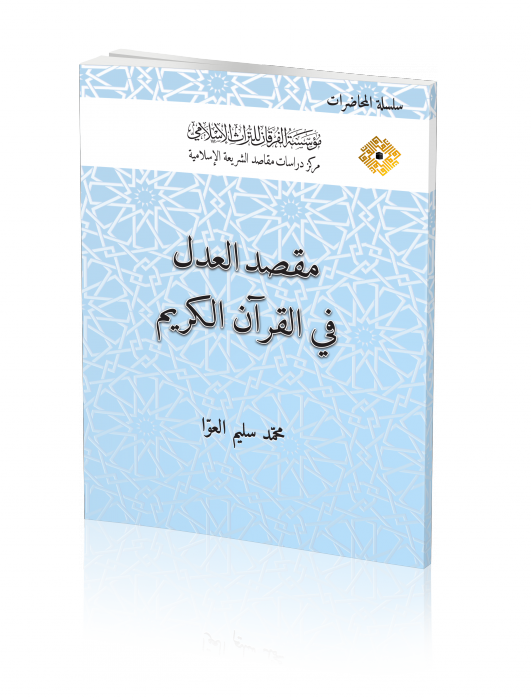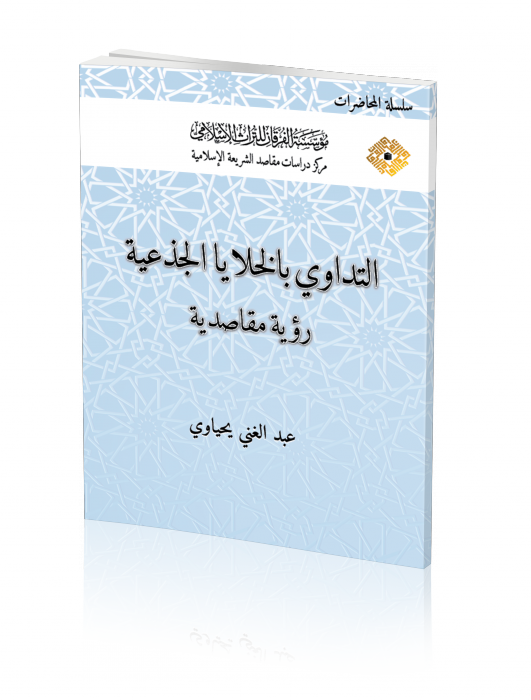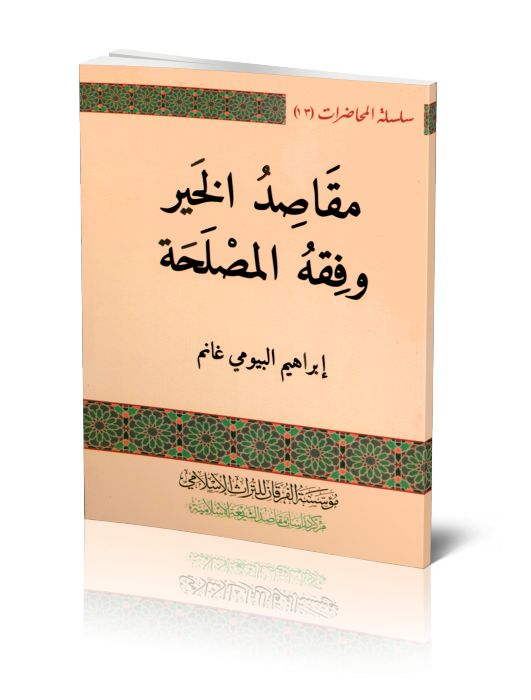The Methodological Introduction to the Map of the Universal Objectives of Islamic Law in the Noble Qurʾān
This key lecture proposes important approaches, renewal (tajdīd) initiatives, and serious reflections on the appropriate methodology of engaging with the objectives of the Noble Qurʾān. In his submission, the lecturer argues that the need is quite pressing, and the time ripe, for establishing the jurisprudence (fiqh) of universal objectives (al-maqāṣid al-kulliyyah) of the Noble Qurān; one distinct from the prevailing piecemeal juristic treatment. He presents the reader with an essential introductory map labelled, “features of the integrated, universal methodological framework” with balanced dimensions, included within the concept of “the straight path” (al-ṣirāṭ al-mustaqīm). The author / lecturer described it as the correct knowledge and practical evidence that guide human action on Earth towards self-consistency, social harmony, and an integration of civilisation and creation, to secure the highest levels of ideological and moral originality, practical effectiveness, functional integration, and maximum, exemplary, historical trajectory. The lecturer emphasises that the Noble Qurʾān will not regain its central position within ourselves, nor have the broad, deep, balanced, and effective influence, without us being able to extract this universal map of the laws of creation drawn for human life, as well as our interaction with it, in comprehensive, deep, and balanced terms, including synchronising our entire life in light of its requirements. This map incorporates the majority of human actions, including: the space of establishing awareness of the objective of the existence of mankind and the universe, and the systems of universal laws organising the movement of human vicegerency on Earth, and the systems of subjugating universal laws of creation, as well as the systems of universal protection for civilisation. The lecturer emphasises that the study and extraction of the universal objectives of the Noble Qurʾān will lead us to identify the reality of this map, far from the emotional, and admonitory trend, on the one hand, and the piecemeal, introverted approach, that is steeped in contradiction.
 Shared Knowledge
Shared Knowledge


 The objective of Justice in the Noble Qurʾān
The objective of Justice in the Noble Qurʾān Stem Cell Treatment: An Approach Based on the Philosophy of Islamic Law
Stem Cell Treatment: An Approach Based on the Philosophy of Islamic Law The Purposes of Good and the Jurisprudence of Public Interest
The Purposes of Good and the Jurisprudence of Public Interest